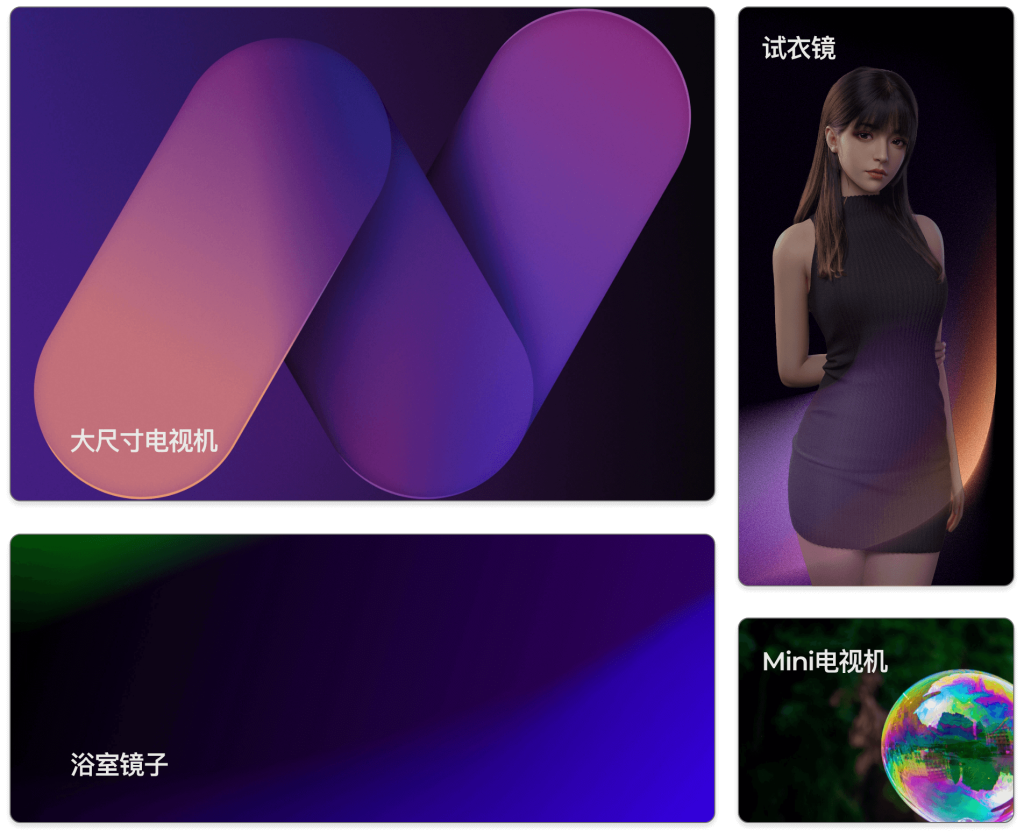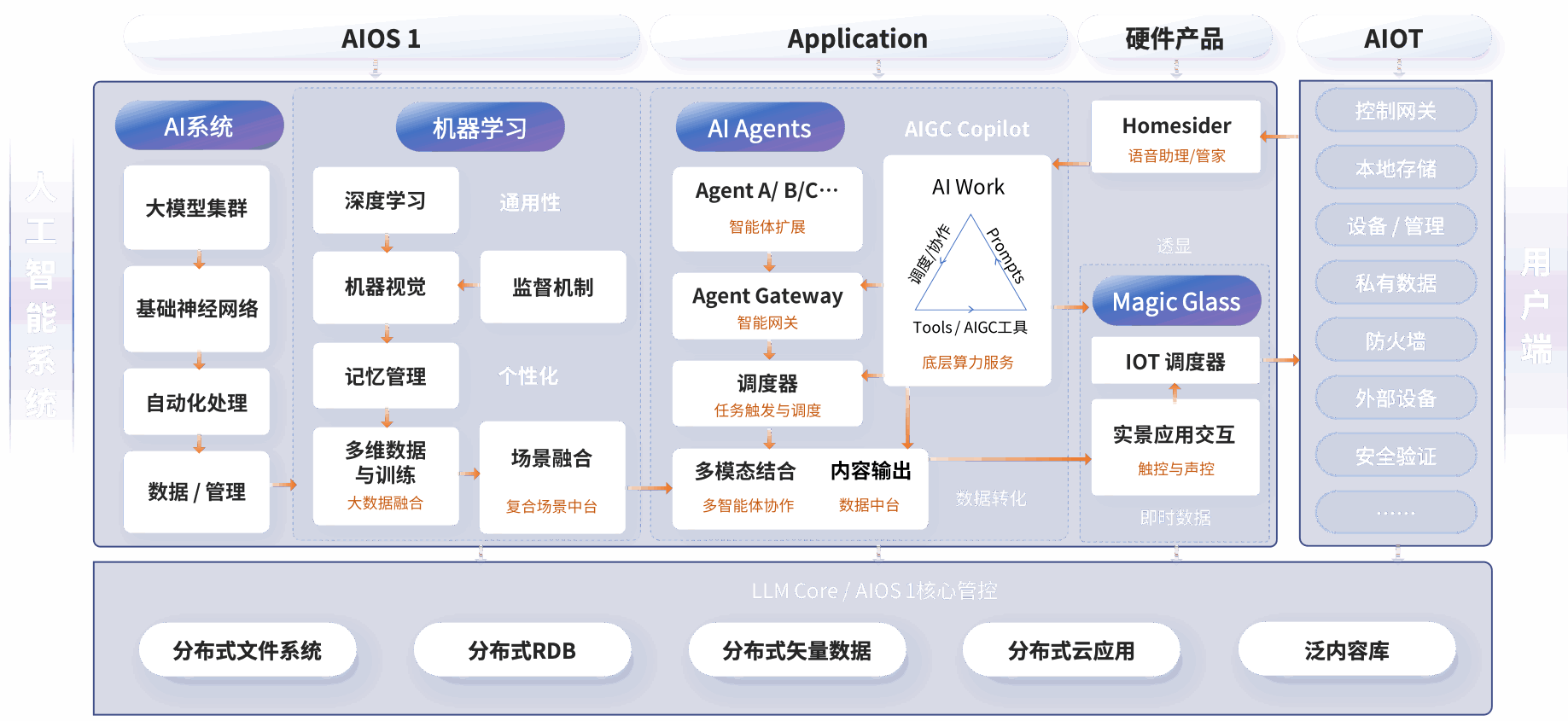Introduction: Why AI generative art matters now
AI generative art has moved from curiosity to production tool in a few short years. What began as experimental image synthesis is now embedded in marketing pipelines, game asset generation, and interactive experiences. For a beginner, imagine a marketing manager asking an assistant to create ten banner variations by morning and receiving a palette of plausible, on-brand images. For an engineer, picture a pipeline that takes a product brief, refines the language with an LLM, executes a controllable image model to render multiple variations, and routes results through approval, metadata tagging, and asset storage automatically.
Core concepts explained simply
At its essence, AI generative art systems combine three capabilities: language and instruction handling, media generation, and orchestration. The system receives human-intent (a prompt, a brief, or a set of constraints), translates or enriches that intent using language models or templates, generates media (images, vectors, textures) using diffusion or transformer-based image models, and then applies business rules for moderation, quality control, and delivery.
Think of it like a factory: the planning department writes production specs (prompts), the machine shop (models) fabricates parts (images), and the quality control and logistics teams (orchestration layer) decide what ships where and when.
Practical architectures for production
There are several architectural patterns for deploying AI generative art systems. Choose based on latency needs, budget, governance constraints, and developer velocity.
Synchronous request-response for interactive use
Useful for creative tools where a user expects results in seconds. This pattern routes a single client request through a stateless inference layer to a GPU-backed model server. Important considerations are per-image latency, GPU warm-up, and prompt pre-processing. Typical trade-offs: lower latency requires provisioned GPUs or warm pools, which increases cost.
Asynchronous, event-driven pipelines for bulk production
Bulk rendering or scheduled campaigns fit an event-driven pattern. Prompts are queued (message bus or task queue), workers pick tasks, run batched inference, and emit artifacts to object storage. This pattern maximizes throughput and reduces per-image cost by batching and scheduling around spot capacity.
Hybrid orchestration with microservices and state machines
Combine short-lived synchronous inference for previews with asynchronous full renders. Use a stateful workflow engine or orchestration layer to manage retries, approval states, and human-in-the-loop steps. This is the practical choice for enterprise workflows that require audit logs and compliance checkpoints.
Integration patterns and API design
Design APIs around intents and assets, not model specifics. Offer a prompt-based endpoint that accepts a spec (prompt, style tokens, constraints) and returns a job id. Provide separate endpoints for status, metadata, and asset retrieval. This abstraction allows you to swap underlying models—whether a hosted model, an on-premise Stable Diffusion variant, or a managed endpoint—without changing client contracts.
When integrating LLMs, you might rely on PaLM text generation capabilities to expand briefs or generate consistent style guides for prompts. Treat the text-generation step as its own microservice responsible for content hygiene, localization, and alignment with brand templates.
Model choices and where to use each
Open-source models like Stable Diffusion or diffusion-based models (via Hugging Face Diffusers or tiled frameworks) offer customization and lower inference costs when self-hosted. Managed services (Runway, Midjourney-style platforms, cloud inference endpoints) offer speed-to-market and compliance features. Consider modular pipelines: use an LLM for prompt engineering, a diffusion model for image synthesis, and a specialized model for editing or upscaling.
For search and retrieval of generated assets or to power help systems, classical transformer models such as BERT for question answering can be useful. BERT-style models excel at extracting intent and answering queries about metadata, making them practical for internal asset discovery or chat-based help about a generated image.
Implementation playbook for teams
Here is a pragmatic step-by-step approach to implement an AI generative art system in production:
- Define clear business outcomes: brand compliance, throughput, cost per image, and approval latency.
- Start with a minimal pipeline: prompt intake, single inference model, object storage, and manual review loop.
- Instrument observability from day one: request latency, queue depth, GPU utilization, model error rates, and content moderation flags.
- Introduce LLM enrichment: apply PaLM text generation capabilities or another text model to standardize briefs and generate metadata tags.
- Scale inference: add batching, mixed precision, and autoscaling groups for GPU workers; evaluate Triton, KServe, or managed endpoints for serving.
- Implement governance: watermarking, license tracking for model weights, and an approval workflow for sensitive categories.
- Optimize cost: measure cost per asset and tune batch sizes, spot instance usage, and model size versus quality trade-offs.
- Operationalize retraining and fine-tuning: version models, record training datasets, and engage legal teams for dataset provenance.
- Measure ROI: track time saved for creative teams, reductions in external vendor spend, and engagement metrics for produced assets.
Deployment and scaling considerations
Latency targets often drive architecture. Interactive experiences need sub-second or single-digit second responses; batch generators can tolerate minutes. For high throughput, prefer multi-GPU batching, quantized models, and sharding strategies. Managed services offer autoscaling without operational overhead but can be costly at scale. Self-hosting allows cost control and model customization but requires expertise in GPU fleet management, versioning, and wasting fewer inference cycles.
When scaling, watch for failure modes: model OOMs, cold-start latency, noisy neighbor issues on shared GPUs, and queue pile-ups during marketing launches. Implement backpressure, circuit breakers, and graceful degradation (lower-resolution previews or queued processing) as mitigations.
Observability, monitoring, and SLOs
Key signals include request latency percentiles (p50/p95/p99), throughput (images/sec), GPU utilization, memory error rates, model drift indicators (distributional changes in prompt tokens or generated color palettes), and moderation flags per thousand images. Define SLOs for preview latency, job completion time, and accuracy of metadata extraction. Capture deterministic inputs for problematic renders to reproduce and diagnose failures.
Security, governance, and legal risks
Generative systems introduce unique governance needs. Track model provenance and licenses for training weights and third-party assets. Implement content moderation pipelines to catch potentially harmful or copyrighted outputs before publication. Apply watermarking or provenance metadata to generated assets for traceability.
Regulatory exposure varies by region; adhere to local content laws and maintain logs for audit. For sensitive industries (finance, healthcare), restrict model capabilities and implement human sign-off rules. Keep a kill-switch to stop campaigns quickly if a model starts producing unsafe outputs.

Vendor comparison and trade-offs
Managed platforms (cloud inference endpoints, creative SaaS) offer speed and a guarded ecosystem with compliance and content filters. They reduce operational burden but can limit custom fine-tuning and introduce per-call costs. Self-hosted stacks with open-source engines (Hugging Face, Stable Diffusion forks) give full control and lower marginal cost, but require investments in MLOps: model versioning, autoscaling, and monitoring.
Consider hybrid approaches: use managed LLMs for prompt enrichment with PaLM text generation capabilities for multilingual consistency, and self-hosted diffusion models for image synthesis to control costs and IP exposure.
Case study snapshot: Marketing automation at scale
A mid-sized retailer automated seasonal campaign creation. The system used a short LLM step to create product-specific prompts, multiple diffusion models to generate visual variations, and a human-in-the-loop approval process. Results: asset production increased 8x, time-to-publish dropped from days to hours, and external agency spend fell 60%. Operational lessons included the need for lightweight moderation, careful cost tracking per asset, and a versioned asset catalog for reuse.
Emerging trends and standards
Expect greater adoption of model catalogs, content provenance standards, and watermarking conventions. Open-source communities continue to innovate—frameworks for composable pipelines, ControlNet-style conditional controls, and efficient fine-tuning remain active areas. Integration with classic NLP tools like BERT for question answering will remain useful for metadata extraction and search over generated content.
Risks and mitigation strategies
Main risks include copyright litigation, brand safety incidents, and model hallucinations. Mitigate by maintaining datasets with clear licensing, implementing review gates, and keeping a human review loop for high-stakes content. Operationally, guard against single points of failure by designing redundant inference paths and fallbacks to lower-fidelity generation when a primary service is unavailable.
Future outlook
Generative capabilities will continue to converge: better integrated text-to-image flows, faster on-device models, and more reliable controls for style and content will make AI generative art ubiquitous in production systems. Expect tools that blur the lines between designer and automation, where product teams compose intent-driven templates and agents complete the heavy lifting.
Key Takeaways
- Architect around intent: separate prompt handling, text enrichment, image synthesis, and orchestration for flexibility.
- Balance managed and self-hosted models for cost, customization, and compliance. Consider using PaLM text generation capabilities for consistent prompt engineering while hosting image models locally.
- Invest in observability and governance early—latency, throughput, and moderation signals are operationally critical.
- Use BERT for question answering and similar retrieval models to build robust asset discovery and operational support systems.
- Measure ROI in time saved, cost per asset, and deployment velocity; operationalizing creative workflows yields predictable benefits when paired with strong processes.
Practical Advice
Start with a constrained scope: a single campaign or product line. Use existing open-source models for experimentation, instrument metrics, and iterate. Prioritize modular APIs so teams can upgrade model components independently. Finally, keep legal and brand teams in the loop—governance is not an afterthought for AI generative art systems.
